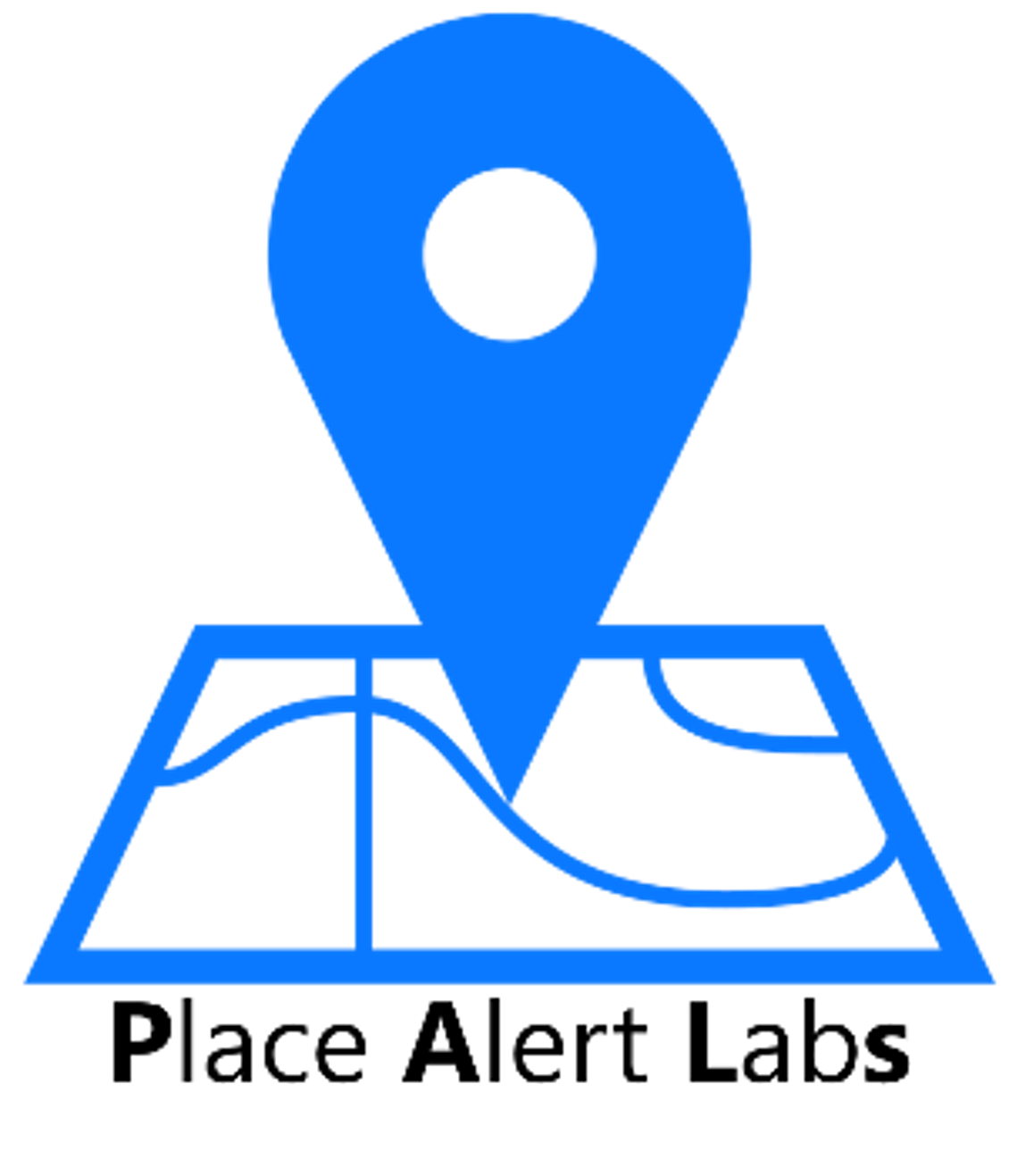About this course
Health geography is a sub-discipline of human geography, which offers a holistic view on health by linking health and disease outcomes to the socio-cultural and physical environment, and the places that generate them. Historically the terms ‘medical geography’ and ‘geography of disease’ were used interchangeably to describe the discipline, which had much influence from biomedical models of health, and was driven largely by the disease ecology framework. The new health geography which values mechanisms for exploring health through the lens of place goes beyond the geometric construction of space to understand the contextual forces behind positive or negative health outcomes.
Objectives
At the end of this course the student should be able to
- Describe and explain how public health is an inherently geographical problem and how geography helps to illuminate health challenges;
- Demonstrate an understanding of the function of geography in mediating health and health outcomes;
- Illustrate how geography illuminates new perspective in health data through organizing and disaggregating it in space;
- Demonstrate how geographical thought and methods can be utilized to tailor more locally precise public health interventions.
Target audience
This course is aimed at health researchers needing to understand how to incorporate geographical thought into their work. In addition, geographers needing to apply their methods to health could find value in taking this introductory course.
Duration
This course should take on average of 2 hours to complete.
Certification
An electronic certificate is issued once a minimum of 80% has been achieved in the quiz section.
Authors
This course has been created primarily by authors from the Place Alert Labs (PALs) initiative at Midlands State University Zimbabwe, in collaboration with the PREgnancy Care Integrating translational Science Everywhere (PRECISE) core team at King’s College London.
Prestige Tatenda Makanga, Place Alert Labs, Surveying and Geomatics department, Faculty of Science and Technology, Midlands State University, 2. Climate, Environment and Health Department, Centre for Sexual Health and HIV AIDS Research (CeSHHAR), Harare, Zimbabwe
Reason Mlambo, Place Alert Labs, Surveying and Geomatics department, Faculty of Science and Technology, Midlands State University
Liberty Makacha, 1. Place Alert Labs, Surveying and Geomatics department, Faculty of Science and Technology, Midlands State University 2. Department of Women and Children’s Health, School of Life Course Sciences, Faculty of Life Sciences and Medicine, King’s College London. 3. MRC Centre for Environment and Health, Imperial College London, UK
Shirley Chapunza, Place Alert Labs, Surveying and Geomatics department, Faculty of Science and Technology, Midlands State University
Tendai Nkomo, Place Alert Labs, Surveying and Geomatics department, Faculty of Science and Technology, Midlands State University
Hiten Mistry, Department of Women and Children’s Health, School of Life Course Sciences, Faculty of Life Sciences and Medicine, King’s College London
Rachel Craik, Department of Women and Children’s Health, School of Life Course Sciences, Faculty of Life Sciences and Medicine, King’s College London
Peter von Dadelszen, Department of Women and Children’s Health, School of Life Course Sciences, Faculty of Life Sciences and Medicine, King’s College London
Acknowledgements
The authors would like to acknowledge the following reviewers for their valuable insight into the contents of the course:
Aduragbemi Banke-Thomas, School of Human Sciences, Faculty of Education, Health and Human Sciences, Greenwich University
Blake Byron Walker, Institute for Geography, FAU Erlangen-Nürnberg, Germany
Funders
This work was funded through the UKRI global challenges research fund (GCRF) grow award to the PRECISE network
Source material
Much of the material used in this course is based on findings from previously published work from PALs.
Use and reproduction of these e-learning materials
These e-learning materials are owned by The Global Health Network. You are free to share or adapt this material but you must attribute it to The Global Health Network using the link www.theglobalhealthnetwork.org.
Your feedback is greatly appreciated; please take a couple of minutes to tell us your thoughts on this course:





